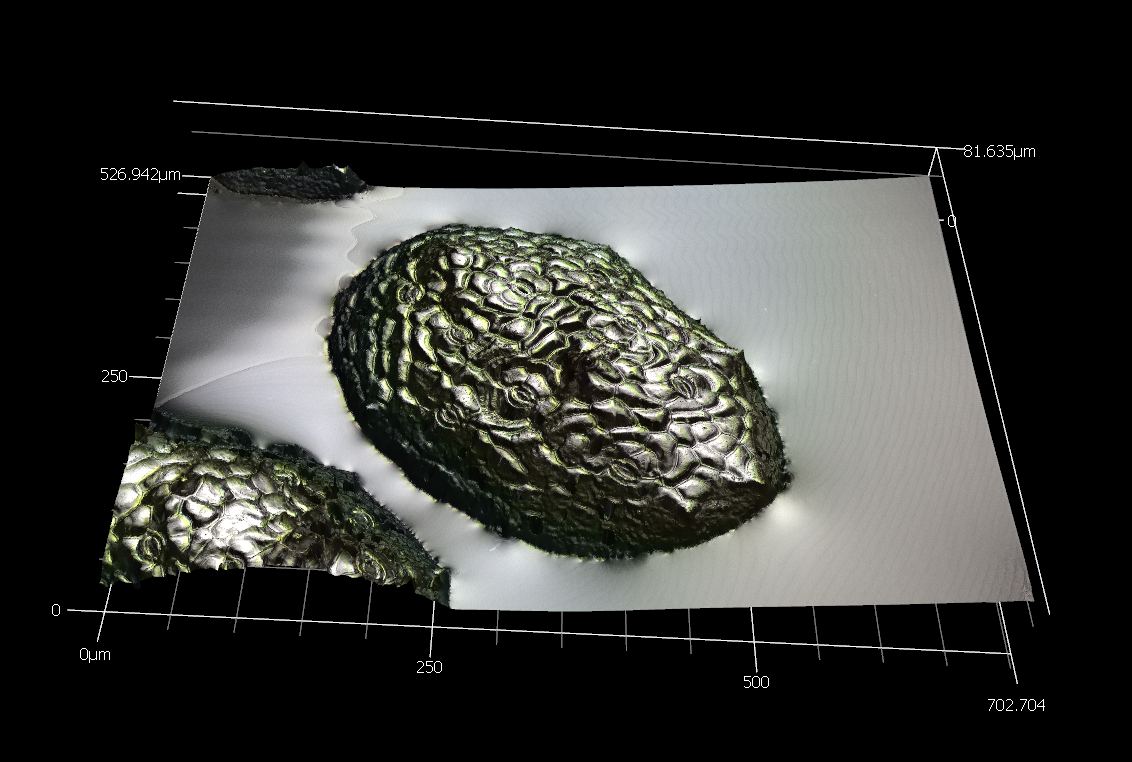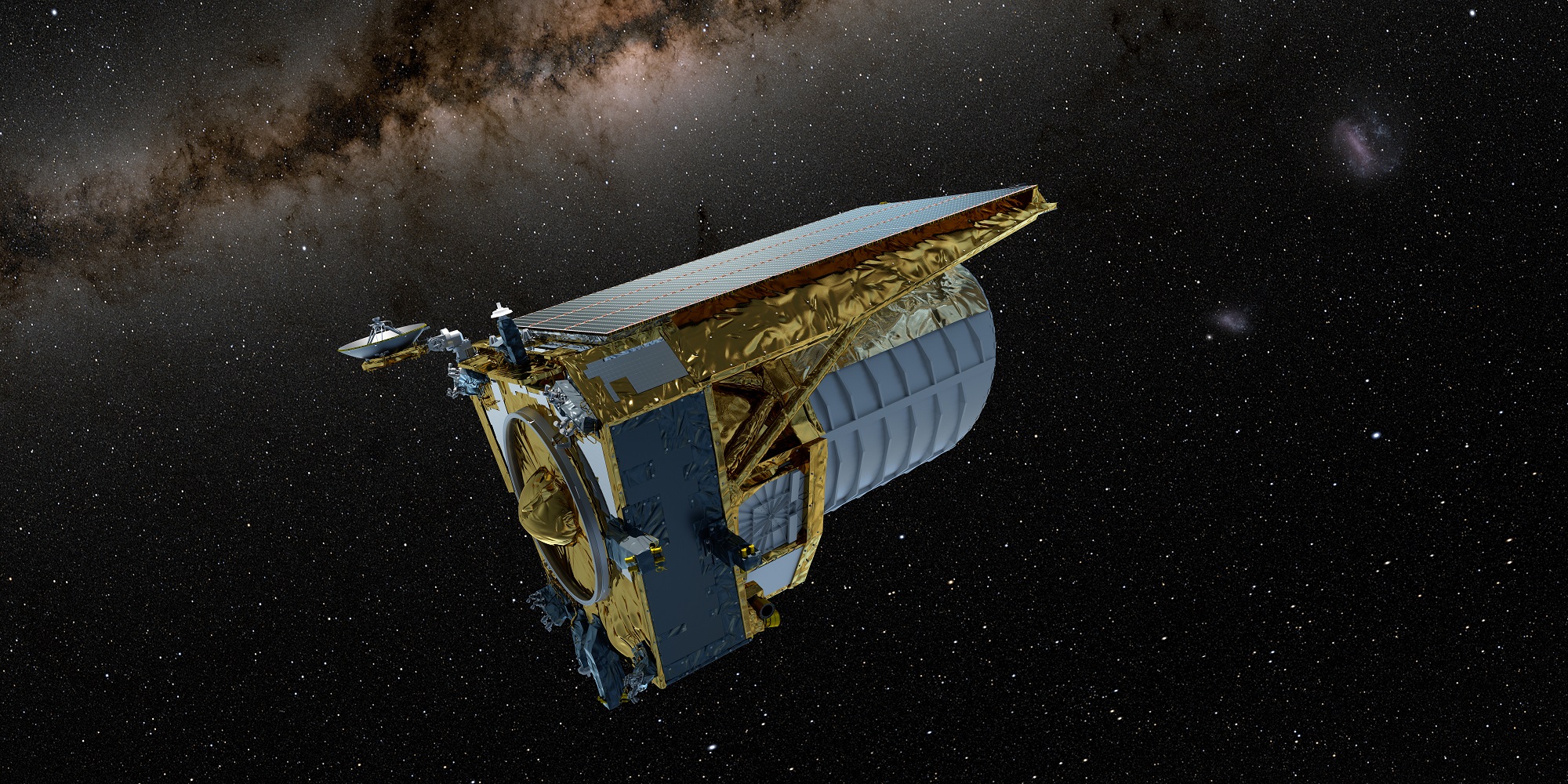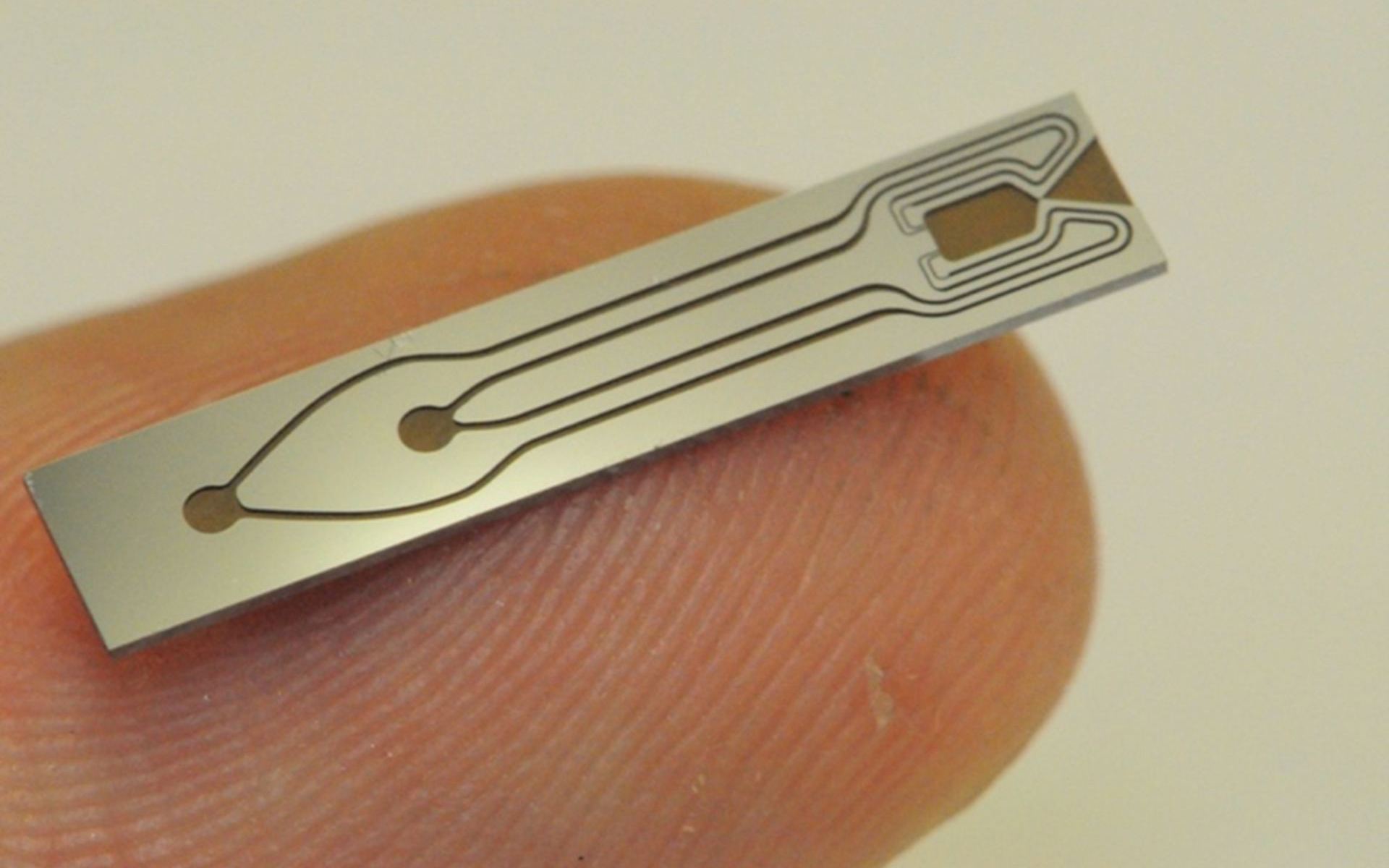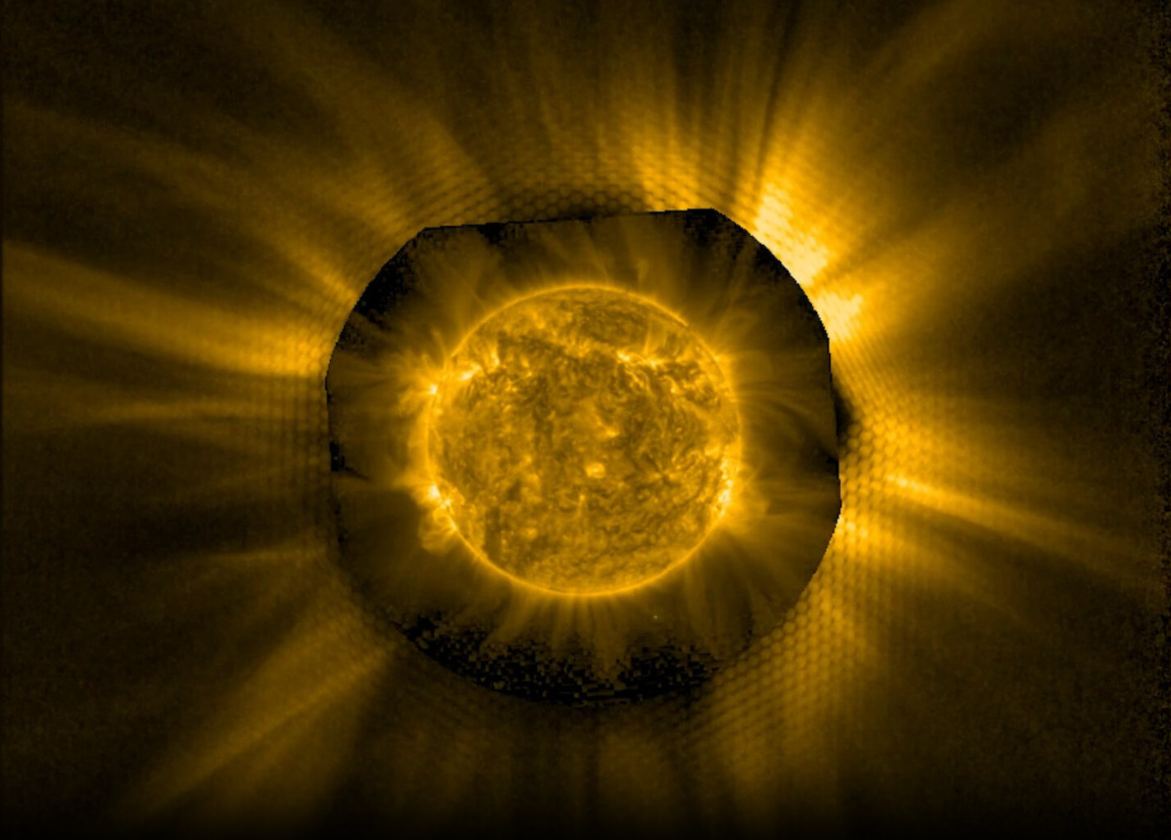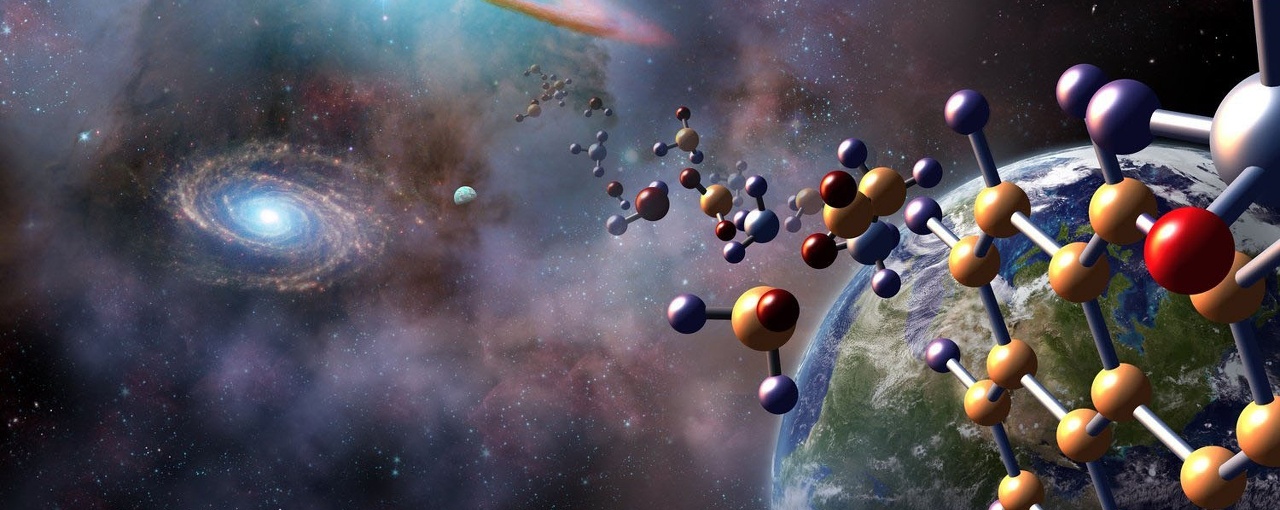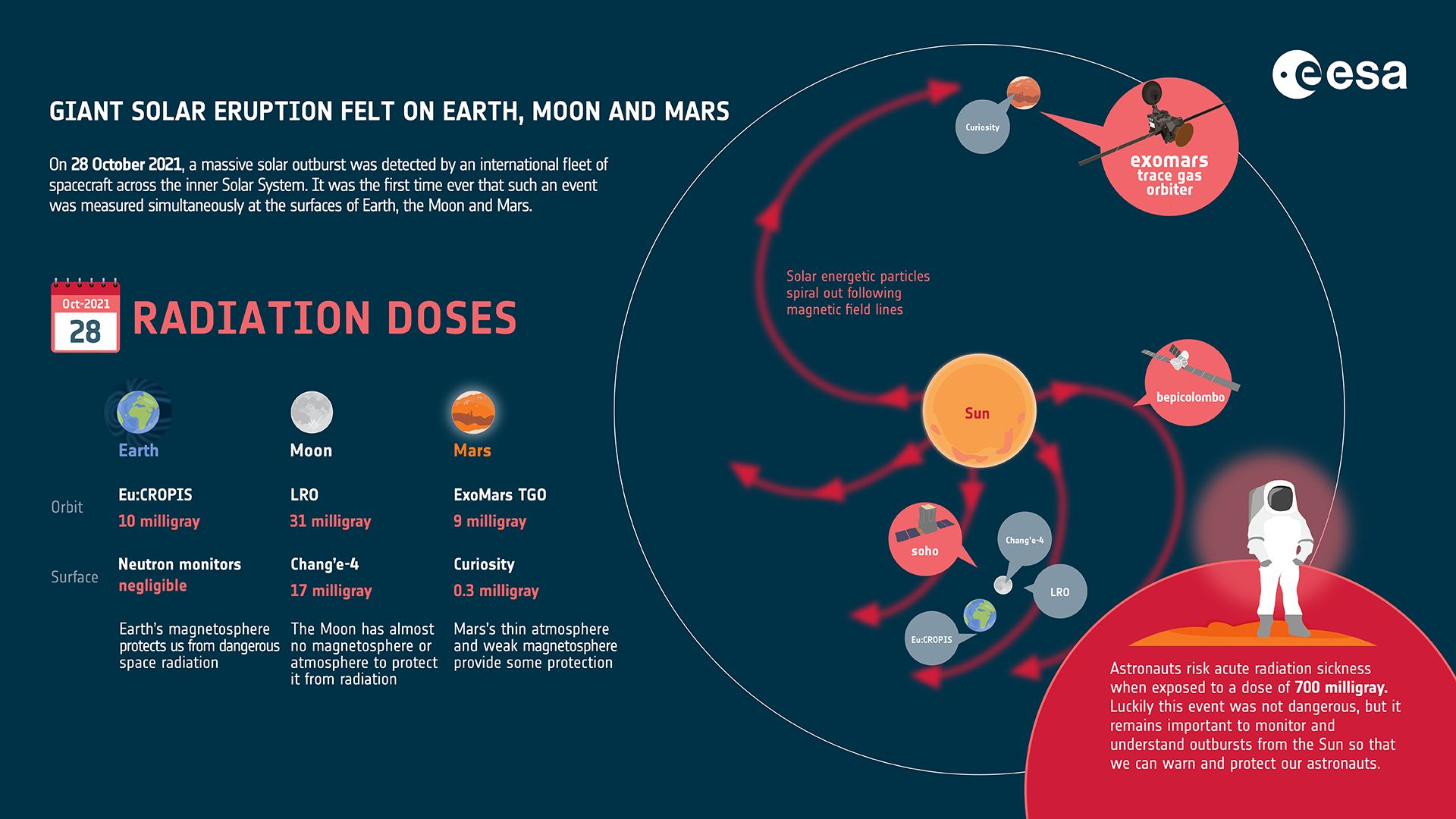On July 1st, 2023, the ESA’s Euclid mission headed for space, where it began its mission to observe the Universe and measure its expansion over time. The commissioning process began well as the mission team spent weeks testing and calibrating the observatory, then flew the mission out to Lagrange Point 2 (LP2). The telescope focused its mirrors, collected its “first light,” and the first test images it took were breathtaking! Unfortunately, Euclid hit a snag when its Fine Guidance Sensor (FGS) failed to lock onto its “guide stars.”
According to the latest update from the ESA, Euclid has found its guide stars again, thanks to a software patch. With its navigation woes now solved and its observation schedule updated, the telescope will now undergo its Performance Verification phase (its final phase of testing) in full “science mode.” Once that’s complete, Euclid will commence its nominal six-year mission, providing razor-sharp images and deep spectra of our Universe, looking back 10 billion years. This data will be used to create a grand survey of one-third of the entire sky and measure the influence of Dark Matter and Dark Energy.
Continue reading “Euclid Recovers From a Navigation Problem and Finds its Guide Stars Again”
